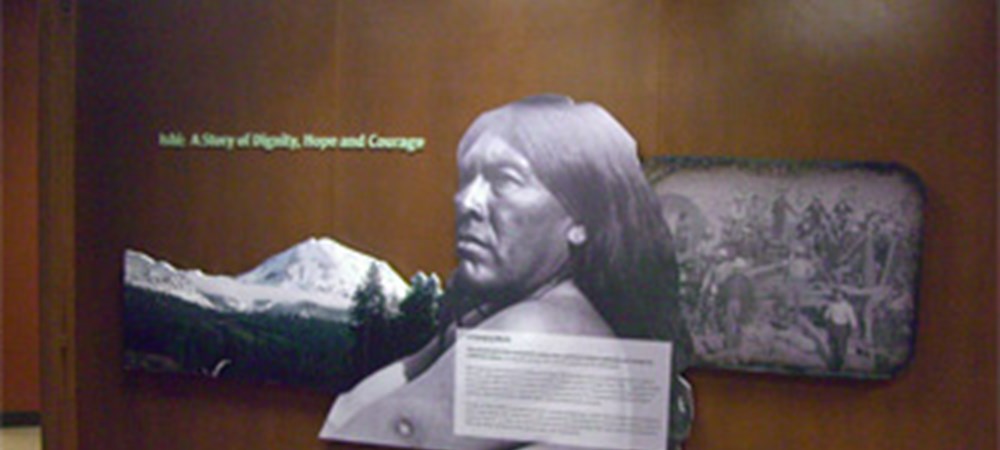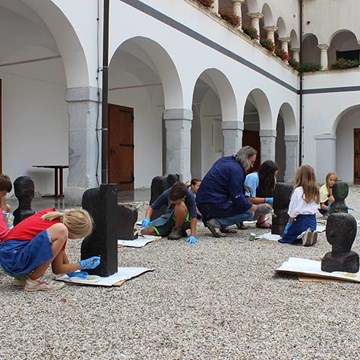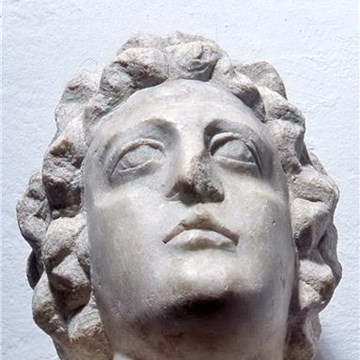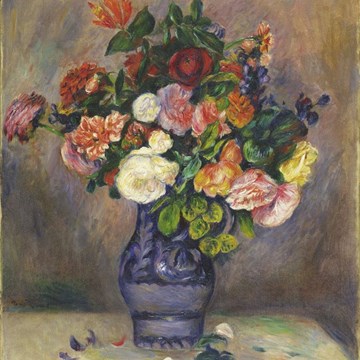Ishi
Among California Indians, none have figured more prominently in the public eye than Ishi. When Ishi arrived out of the foothills of Northern California into the town of Oroville in 1911, he was mistakenly characterized as a “wild” and “primitive” Indian, the “last of a Stone Age tribe”. These assumptions caused him to be brought to the University of California, Museum of Anthropology in San Francisco as a research subject by anthropologist, Alfred Kroeber. Ishi remained at the museum and shared cultural and historical information with scientists and the public during his five-year residence. He passed away in 1916 after having contracted tuberculosis while in San Francisco. Despite his close friendship with Kroeber and other University luminaries, at death, his remains were subjected to the indignity of an autopsy. His brain was removed in the interests of science. It disappeared for 83 years and resurfaced in a glass jar on a Smithsonian Institute shelf in 1999 after Ishi’s tribal relations mounted a successful effort to repatriate his remains under the Native American Graves Protection and Repatriation Act.
Ishi is still known to millions of school children and the general public throughout California and the world as the “last Yahi” through numerous, mainly non-Native depictions in books and documentaries. While the majority of the public views Ishi’s story as symbolic of the inevitable result of “progress” and “civilization”, the end of traditional native lifestyles and the plight of the “vanishing Red Man”, California Indians view him in a different light. In California Indian communities, Ishi symbolizes much more. His story is emblematic of the collective experiences of California tribes. Ishi symbolizes isolation, loss, fear and exploitation. But more than that, Ishi is representative of how California Indian people faced the challenges of colonization. Ishi is a testament to survival, hope, dignity and human strength. Although Ishi did not physically survive his experience of contact with civilization, his spirit did. Oral memories of Ishi were passed on to several generations of his California Indian ancestors.
The exhibition seeks to enrich and expand the story of Ishi and build upon the public’s awareness and appreciation of California Indian history. For many years, Ishi’s legacy has been a non native construct framed by public and scientific fascination with stereotypical views of the past. The new exhibit’s approach is to reframe Ishi’s legacy through the inclusion of California Indian voices and perspectives on issues, and to build upon current scholarship that helps to change the ways in which Ishi’s legacy is characterized and taught in public schools.
Text source
Image source
Exhibitions and events
Activities from this museum
We don't have anything to show you here.










